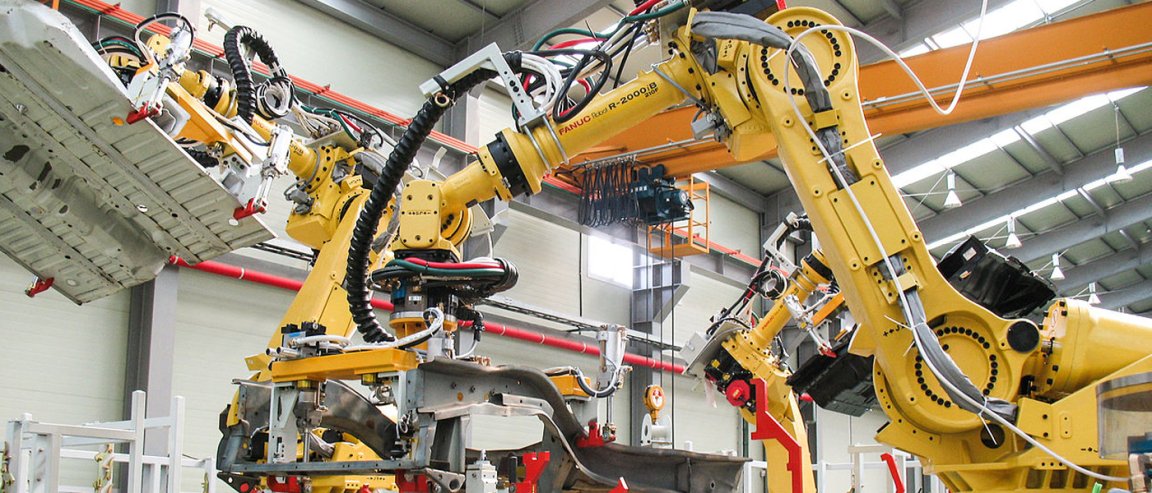
During his campaign, now-President Donald Trump promised voters he would bring American jobs back from overseas. Now that he is in office, his administration has made job creation a central focus of its efforts.
But what if those jobs overseas can’t come back to the United States because companies no longer need to hire humans to complete the tasks? How is the Trump administration gearing up to tackle the rise of automation?

Based on recent statements by Trump’s Treasury Secretary, Steven Mnuchin, they aren’t planning to address it all. In a conversation with Axios co-founder Mike Allen, Mnuchin said that increased automation is “not even on our radar screen” as the problem is “50 to 100 more years away.” He continued, saying, “I’m not worried at all. In fact, I’m optimistic.”
They’re Not Coming Back
The administration’s claims run counter to the mounting evidence that artificial intelligence (AI) and automation are a much more imminent threat to American workers.
Some reports predict that today’s technology could automate 51 percent of economic activity. Such a shift has the potential to cause unprecedented levels of unemployment, putting millions of people out of work. It’s not just blue-collar jobs that are at risk, either. Another report expects that 850,000 public sector jobs could be taken over by automation in the United Kingdom by 2030, a trend likely to carry over into the U.S.
According to Mark Muro of the MIT Technology Review, jobs that went overseas aren’t going to be coming back to the U.S. Trump can propose policies to make it more beneficial for companies to bring their operations back to the country, but there’s nothing to stop them from replacing American workers with machines should the financial implications of doing so continue to become more attractive.
As Muro said, “No one should be under the illusion that millions of manufacturing jobs are coming back to America.”